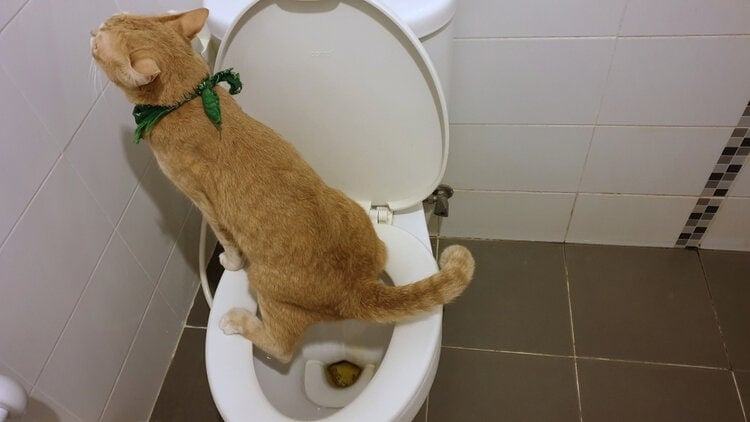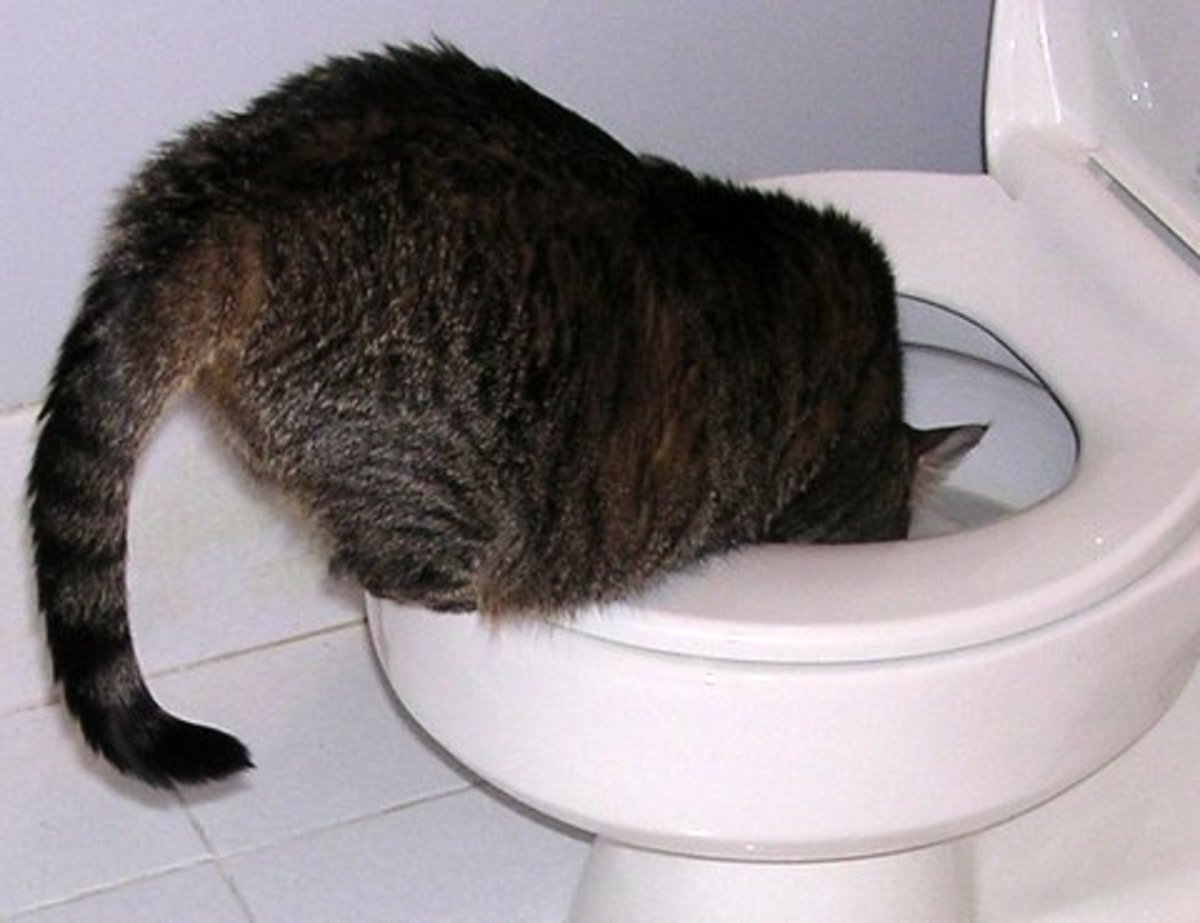Reasons Why You Should Never Empty Animal Waste Down the Toilet
Reasons Why You Should Never Empty Animal Waste Down the Toilet
Blog Article
Everyone is bound to have their personal way of thinking involving 10 Things You Should Never Flush Down The Toilet.

When it comes to getting rid of waste, particularly animal waste, many individuals often resort to the convenient alternative of flushing it down the commode. Nonetheless, this apparently very easy option can have severe effects for the setting and public health. In this post, we'll check out why flushing animal waste down the toilet is a bad idea and give alternate techniques for proper disposal.
Intro
Appropriate waste disposal is essential for preserving ecological sustainability and public health. While it may appear safe to purge animal waste down the commode, it can result in various concerns, both for the atmosphere and human well-being.
Threats of flushing animal waste
Ecological impact
Flushing animal waste presents dangerous bacteria and microorganisms right into waterways, which can negatively impact water ecological communities. These pathogens can infect water sources and damage aquatic life, interrupting fragile ecological communities.
Public health issues
Animal waste has hazardous germs such as E. coli and Salmonella, which can pose major wellness dangers to human beings. Purging pet waste down the commode can infect water products, bring about the spread of conditions and infections.
Alternatives to flushing
As opposed to purging pet waste down the commode, there are numerous alternate disposal approaches that are a lot more environmentally friendly and hygienic.
Composting
Composting pet waste is an eco-friendly read more way to dispose of it. By composting, organic matter is broken down right into nutrient-rich dirt, which can be used to feed yards and plants.
Garbage dump disposal
Getting rid of animal waste in a landfill is an additional option. While not as eco-friendly as composting, it is a safer choice to flushing, as it stops the contamination of water sources.
Pet dog waste disposal systems
There are customized pet waste disposal systems readily available that safely and hygienically get rid of animal waste. These systems frequently make use of enzymes to break down waste and eliminate odors.
Actions to correct animal garbage disposal
To make certain proper disposal of animal waste, follow these steps:
Scooping and getting waste
Consistently scoop and bag animal waste making use of biodegradable bags. This prevents waste from infecting the environment.
Making use of assigned waste containers
Dispose of bagged animal waste in marked waste bins, such as garden compost bins or garbage dump containers. Stay clear of flushing it down the commode in all expenses.
Cleaning up can and family pet locations routinely
Frequently tidy litter boxes and animal areas to stop the accumulation of waste and bacteria. Use pet-safe cleansing products to keep hygiene.
Advantages of appropriate disposal methods
Taking on proper disposal approaches for animal waste uses a number of advantages:
Decreased environmental pollution
Correct disposal methods minimize the threat of environmental pollution, protecting rivers and ecosystems from contamination
Reduced danger of water contamination.
By staying clear of flushing pet waste down the commode, the threat of water contamination is significantly decreased, protecting public health.
Enhanced cleanliness and health
Correct disposal approaches advertise far better sanitation and health, producing a much safer setting for both human beings and pets.
Verdict
Finally, purging pet waste down the commode is unsafe to the setting and public health. By adopting alternative disposal approaches and adhering to appropriate waste administration practices, we can minimize the negative impact of pet waste and contribute to a cleaner, healthier earth.
What To Do With Dog Poo – The Do's And Don'ts Of Disposing Of Faeces
Dog poo bins
Some councils provide dedicated dog waste bins in popular dog-walking areas that can take dog poo that has been bagged but you can legally dispose of dog waste in any public litter bin, as long as it is securely bagged. This also applies to your wheelie bin at home.
Do not flush
Water companies do not recommend flushing dog faeces down the toilet because certain parasites can survive the water processing treatment and are potentially harmful to humans. You should also never consider flushing dog poo that has been bagged down the toilet as the bags will not break down and instead create severe blockages in the sewage system.
In the woods
The Forestry Commission promotes a ‘stick and flick’ method for dealing with waste in the woods. This means finding a stick and using it to flick any poo from off the path so that it is out of the way of other walkers. You could also bury it as long as it is not in an area where there might be livestock.
Livestock
Parasites found in dog poo can be transmitted to livestock if they inadvertently eat infected faeces that has been left on grazing land. This could result in the death of sheep or abortion in cattle so you should always make sure you pick up your dog’s waste in fields where livestock could be present.

Frequently tidy litter boxes and animal areas to stop the accumulation of waste and bacteria. Use pet-safe cleansing products to keep hygiene.
Advantages of appropriate disposal methods
Taking on proper disposal approaches for animal waste uses a number of advantages:
Decreased environmental pollution
Correct disposal methods minimize the threat of environmental pollution, protecting rivers and ecosystems from contamination
Reduced danger of water contamination.
By staying clear of flushing pet waste down the commode, the threat of water contamination is significantly decreased, protecting public health.
Enhanced cleanliness and health
Correct disposal approaches advertise far better sanitation and health, producing a much safer setting for both human beings and pets.
Verdict
Finally, purging pet waste down the commode is unsafe to the setting and public health. By adopting alternative disposal approaches and adhering to appropriate waste administration practices, we can minimize the negative impact of pet waste and contribute to a cleaner, healthier earth.
What To Do With Dog Poo – The Do's And Don'ts Of Disposing Of Faeces
Dog poo bins
Some councils provide dedicated dog waste bins in popular dog-walking areas that can take dog poo that has been bagged but you can legally dispose of dog waste in any public litter bin, as long as it is securely bagged. This also applies to your wheelie bin at home.
Do not flush
Water companies do not recommend flushing dog faeces down the toilet because certain parasites can survive the water processing treatment and are potentially harmful to humans. You should also never consider flushing dog poo that has been bagged down the toilet as the bags will not break down and instead create severe blockages in the sewage system.
In the woods
The Forestry Commission promotes a ‘stick and flick’ method for dealing with waste in the woods. This means finding a stick and using it to flick any poo from off the path so that it is out of the way of other walkers. You could also bury it as long as it is not in an area where there might be livestock.
Livestock
Parasites found in dog poo can be transmitted to livestock if they inadvertently eat infected faeces that has been left on grazing land. This could result in the death of sheep or abortion in cattle so you should always make sure you pick up your dog’s waste in fields where livestock could be present.

We were guided to that article on 4 Reasons Why Dog Poop Cleanup is Important from someone on a different site. Loved our post? Please share it. Help another person discover it. We value your readership.
Click Here Report this page